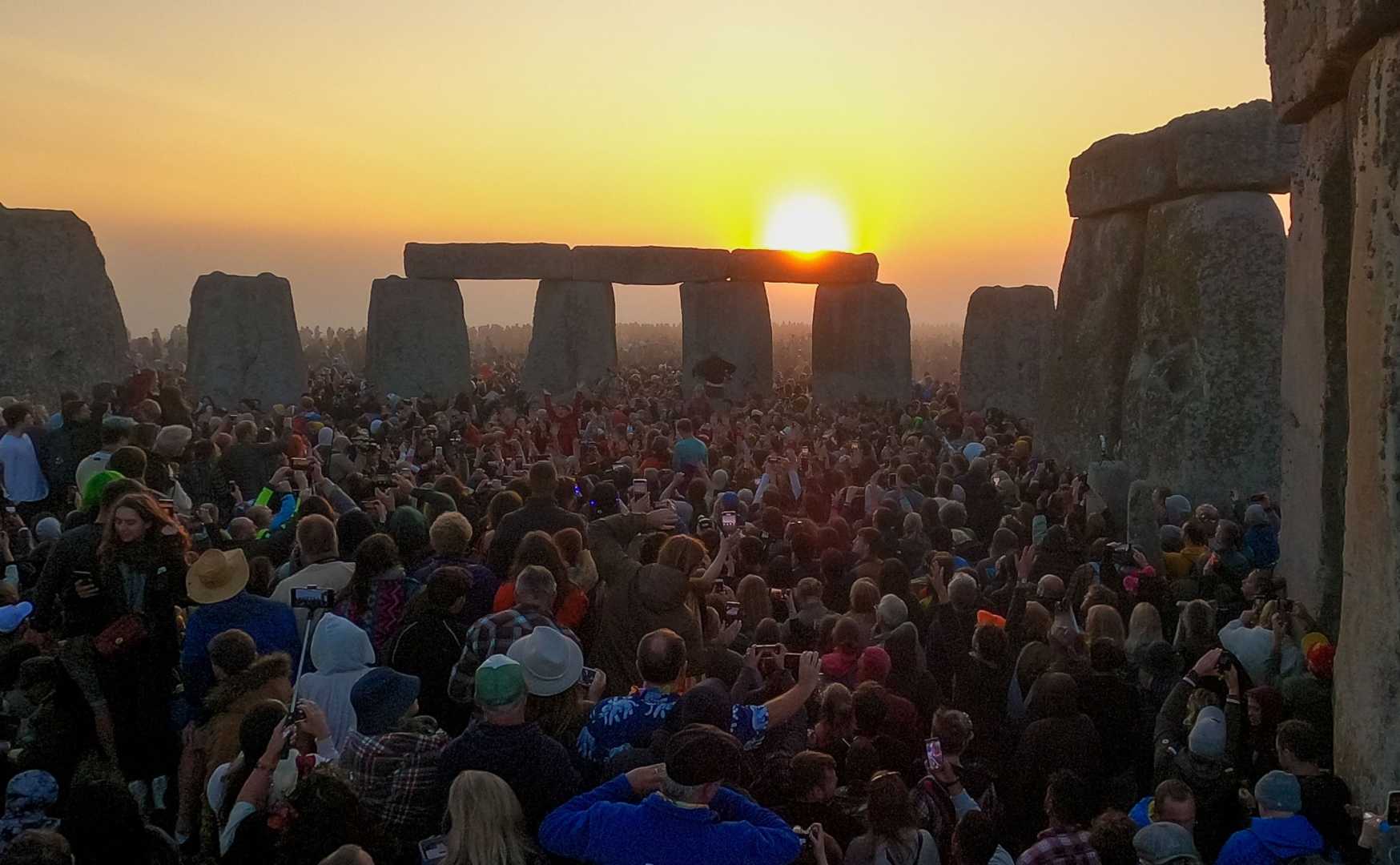News
Summer Solstice 2025: The Longest Day in Northern Hemisphere

Washington, D.C. — Get ready for longer days and warmer weather, as the 2025 summer solstice approaches. This astronomical event will occur on Friday, June 20, at 10:42 p.m. ET, marking the longest day of the year in the Northern Hemisphere.
The summer solstice happens when Earth’s tilt positions it closest to the sun, maximizing sunlight exposure in the northern part of the planet. NASA explains that this event occurs when the sun shines most directly on the Northern Hemisphere, heralding the official start of summer.
The term ‘solstice’ originates from the Latin word ‘solstitium,’ meaning ‘sun stands still.’ It reflects the moment the sun pauses in its apparent path before reversing direction. In contrast, for those in the Southern Hemisphere, this day marks the shortest day of the year.
The 2025 summer solstice will be celebrated with various traditions. Across the globe, cultures have long honored this day in unique ways, such as the sunrise alignment at Stonehenge in England, dancing around maypoles in Sweden, and lighting bonfires in Norway. These celebrations connect communities to the changing seasons.
In Boston, Massachusetts, the solstice will bring over 15 hours of daylight, with a sunrise at 5:07 a.m. and a sunset at 8:24 p.m. However, this is not necessarily the warmest day of the year. According to meteorological data, July typically has the highest temperatures in Boston.
Culturally, the summer solstice has deep historical significance. In Sweden, it is called Midsummer and involves traditional festivities. Thousands gather in England to witness the solstice sunrise at Stonehenge, aligning with the ancient structure built to celebrate this celestial event.
In Broome County, New York, local residents can participate in events to honor the solstice. Johnson City will host a 108 Sun Salutations yoga class aimed at celebrating this transition into summer. Additionally, Redfeather Retreat will offer a solstice mandala project and rituals, fostering connections to nature and the season.
The summer solstice marks the beginning of a season that will last for about three months, ending with the onset of fall.












